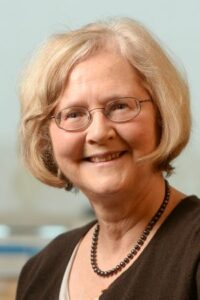House Structure
As inspiration to our young people and as part of our rewards system the children in school are split equally across our four houses based on great scientific minds of the past and present.
Children earn house points throughout the school day for their hard work and good behaviour. At the end of the week these are counted and celebrated in the Friday Assembly. The house representatives keep the school informed of the weekly running total and at the end of each half-term the House Cup is awarded to the winning House which is displayed in the entrance hall of the school. Children also compete for their house on Sports day each year.
| BLACKBURN | |
 |
A molecular biologist born in Hobart, Australia, Elizabeth Blackburn is best known for her 2009 Nobel Prize–winning discovery of telomeres, caps on the ends of chromosomes that protect genetic information from damage and are thought to play an important role in aging and cancer. |
| FRANKLIN | |
 |
Rosalind Franklin, in full Rosalind Elsie Franklin, (born July 25, 1920, London, England—died April 16, 1958, London), British scientist best known for her contributions to the discovery of the molecular structure of deoxyribonucleic acid (DNA), a constituent of chromosomes that serves to encode genetic information. |
| HAWKING | |
 |
Stephen Hawking worked on the physics of black holes. He proposed that black holes would emit subatomic particles until they eventually exploded. He also wrote best-selling books, the most famous of which was A Brief History of Time: From the Big Bang to Black Holes (1988). |
| DARWIN | |
 |
Charles Darwin’s analysis of the plants and animals he gathered led him to question how species form and change over time. This work convinced him of the insight that he is most famous for—natural selection. He is credited for the theory of natural selection. |

